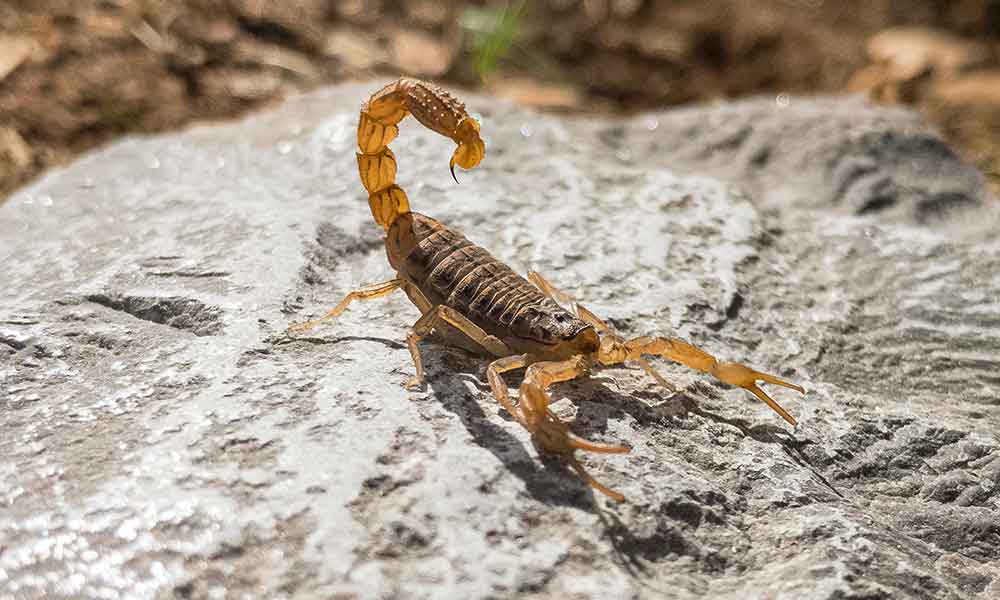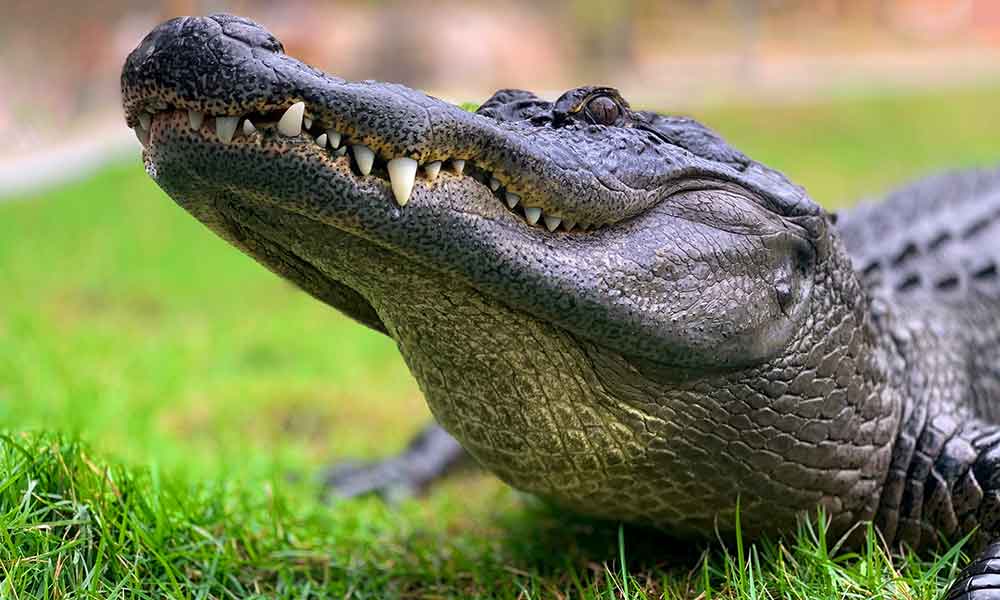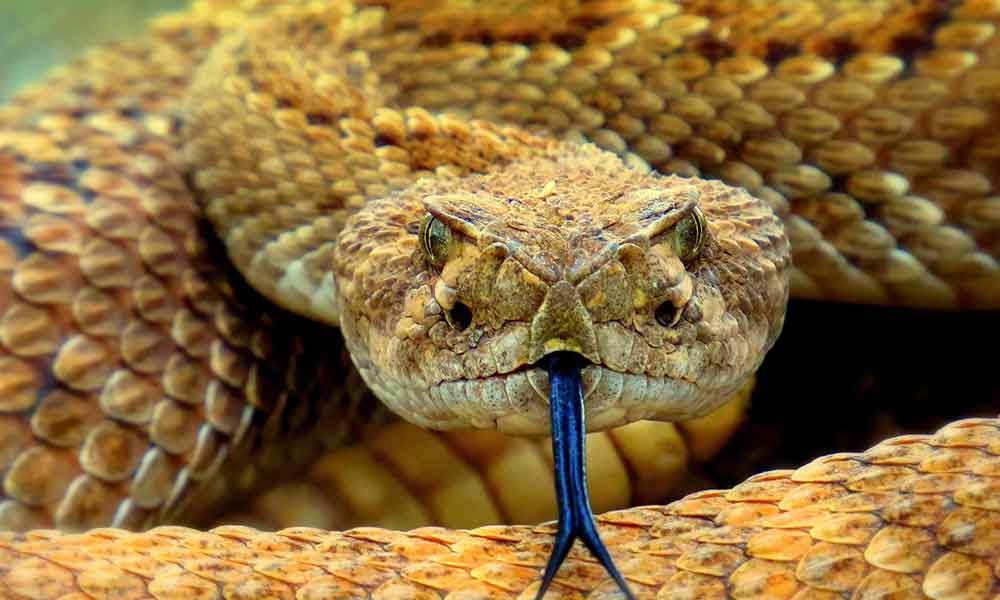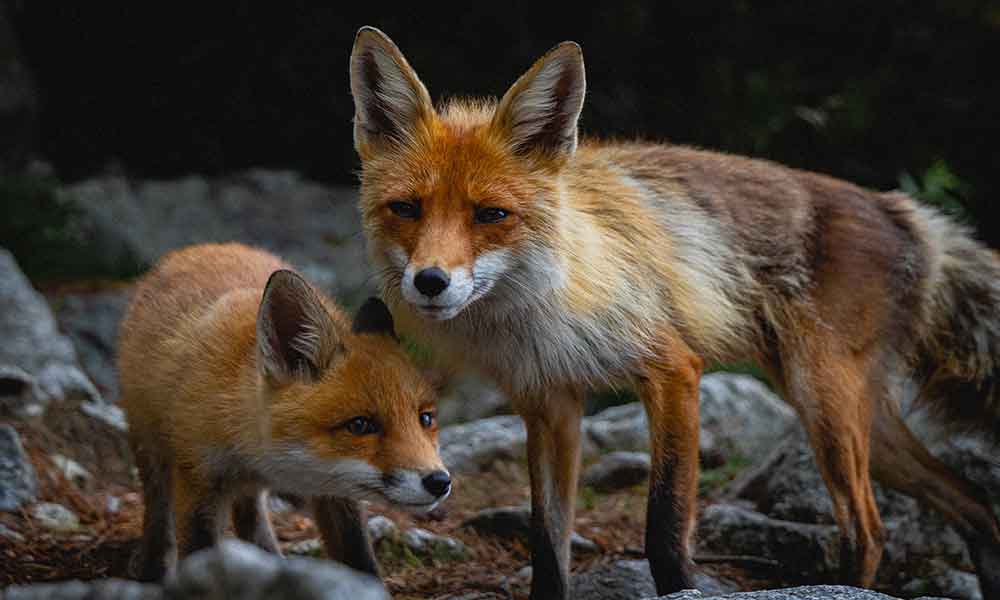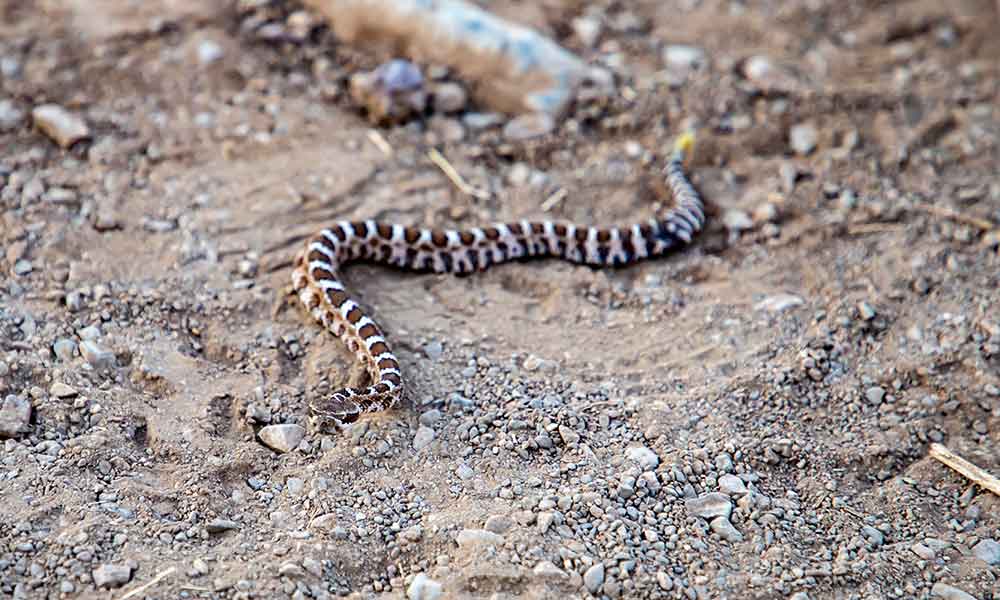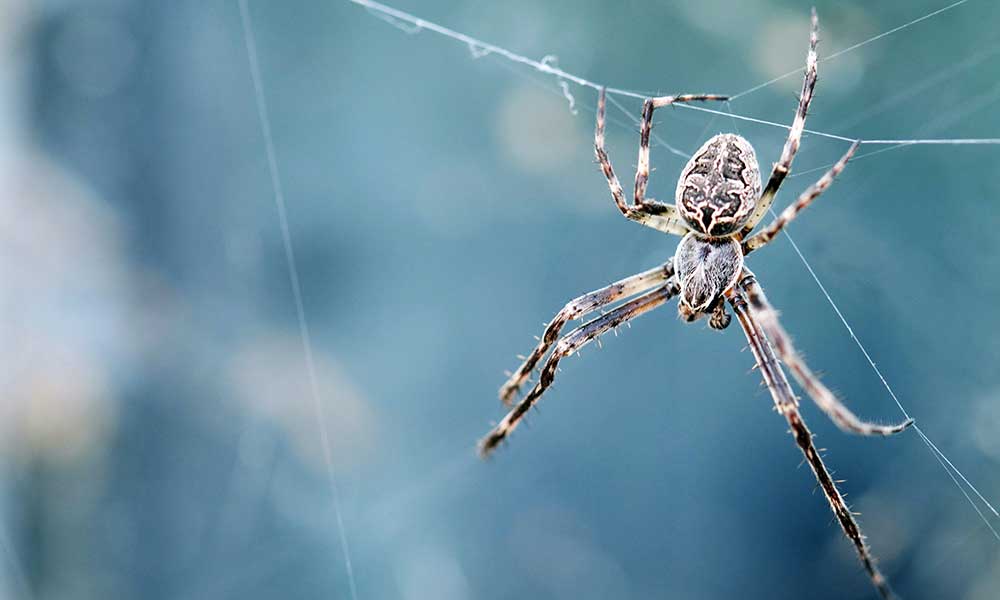Have you ever seagull happier than when it is eating your French fry? Have you ever wondered where are all of the baby seagulls? There are so many unanswered questions about our fine feathered friends that we share the water with.
So, why do seagulls stand on top of each other? The answer is simple: This is what male seagulls do to signal to female seagulls that they are ready to mate. Yup, it’s weird.
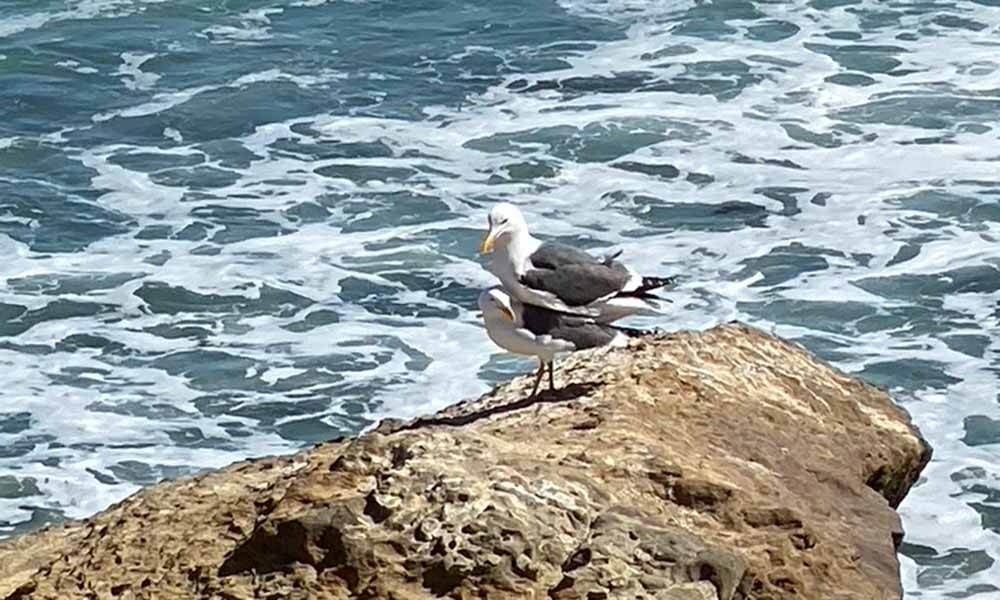
Take a few minutes with us to better understand seagulls.
What You Didn’t Know About Seagulls
Most people don’t realize that seagulls are intelligent and highly adaptable to different types of settings.
They have extremely complex ways of communicating with each other and don’t always live on the coast near the water.
They breed once a year and have a clutch size of two to three eggs.
Their breeding season also lasts an average of three to four months.
They have an average lifespan of 20 years and rapidly grow into adulthood in the first few years of their lives.
In North America, about 23 types of gulls are present.
What Do Seagulls Eat?
Seagulls are omnivorous and eat fish and marine life. Seagulls eat freshwater invertebrates that are dead and alive.
They’re known to consume earthworms, insects, eggs, rodents, amphibians, reptiles, plant items, carrion, and offal.
They’re also prone to eating human waste, chips and French fries, and other types of birds.
They often eat birds they catch on their own or birds they steal from other pelicans near the water.
Most baby seagulls don’t spend time near the water because predators are present.
Due to their small size, they’re at risk and don’t live too long if they follow other seagulls to the same spots out in the wild.
They also grow extremely fast, which means they don’t stay small for too long and is the reason it’s not common to see baby seagulls.
Do Seagulls Sneak Into Convenience Stores to Steal Bags Of Chip?
That’s an oddly specific question about seagulls, but yes they do! Seagulls are crafty as you can see by this video from ViralHog.
How Long Do Seagulls Live?
Seagulls have an average lifespan of 15 to 20 years. Seagulls are considered adults at four years of age.
The lifespan of seagulls heavily depends on how much food is present.
The weather conditions also influence how long they can survive.
Seagulls that live at zoos tend to have a longer lifespan due to shelter and food that is always provided.
If they are capable of living in the wild for more than a year, their lifespans significantly continue to increase with each passing year.
Records also show that some seagulls can live even longer in the wild and can surpass 20 years.
Do Seagulls Migrate?
Most types of seagulls are migratory and relocate to warmer climates during the winter months.
One of the main factors that influence if they migrate is if enough food is present in their current location.
Another factor that determines if seagulls migrate is their species.
In the summer, it’s common to find seagulls close to the coast.
During the colder seasons, it’s easier to find seagulls near reservoirs and lakes as they search for resources.
They often try to look for food on farms and nesting locations when they don’t have access to food in the ocean.
Seagulls often migrate together and travel in similar directions.
Some seagulls prefer to travel alone rather than in a group.
Where Do Seagulls Sleep?
Most seagulls spend their time sleeping on sand bars and beaches.
They also tend to sleep directly on the water, but it has to be calm without a lot of waves present.
This causes them to sleep on the sea or lakes, especially when they’re not near the coast.
It’s a lot more common to find seagulls close to inland areas because it’s often easier for them to scavenge for food.
You may see them near dumpsters and garbage bins where waste and food are present.
Where Do Seagulls Nest?
Seagulls build nests and close to shrubs where shelter is present.
Seagulls are known to nest in colonies and can return to the same spot where they nested in the past.
They spend a lot of time on rooftops where it’s a few degrees warmer than below closer to the ground.
The added warmth also increases the survival rate for chicks.
Both male and female seagulls build the nest using grass, feathers, vegetation, and even small pieces of bones.
It can take up to one week to complete the nest before they’re ready to use it.
Most nests are an average of 11 inches wide, depending on the types of materials they use.
They can typically fit up to four eggs.
Seagulls often dive-bomb anything that is a threat to their nest.
What Is A Group Of Seagulls Called?
A group of seagulls is called a colony. Technically, individual seagulls don’t exist but are called gulls.
Many people call them a flock, but this isn’t a correct term.
Gulls are known to mate for life and stick with the same bird for 20 years. They tend to prefer the familiar.
Do Seagulls Drink Saltwater?
Yes, seagulls drink saltwater and flush out the salt ions from the water through glands that are present over their eyes.
The salt they consume is absorbed and transfers through their bloodstream before the excess salt is flushed out to avoid dehydration.
The salt comes out of their nostrils and has contact with grooves in their bills.
They don’t need fresh water to survive.
Why Do Seagulls Stand On One Leg?
Seagulls often stand on one leg when they’re sleeping, but can also stand in this position during the day when they’re awake. This shows that they’re at ease and relaxed.
This specific position is common because it minimizes heat loss in their bodies, specifically where there aren’t any feathers present.
They reduce half the amount of heat they lose because their legs don’t have any feathers.
They have a lot of veins present in their legs, which helps keep them warm when they pull one of their legs up close to their body.
The arteries transporting warm blood to the legs from the heart have contact with other arteries that have cold blood going back to the heart.
Are french fries bad for seagulls?
French fries are not on a seagull’s list of good things to eat, despite them looking very happy when they eat them.
Do the seagulls a favor, don’t feed them french fries.


